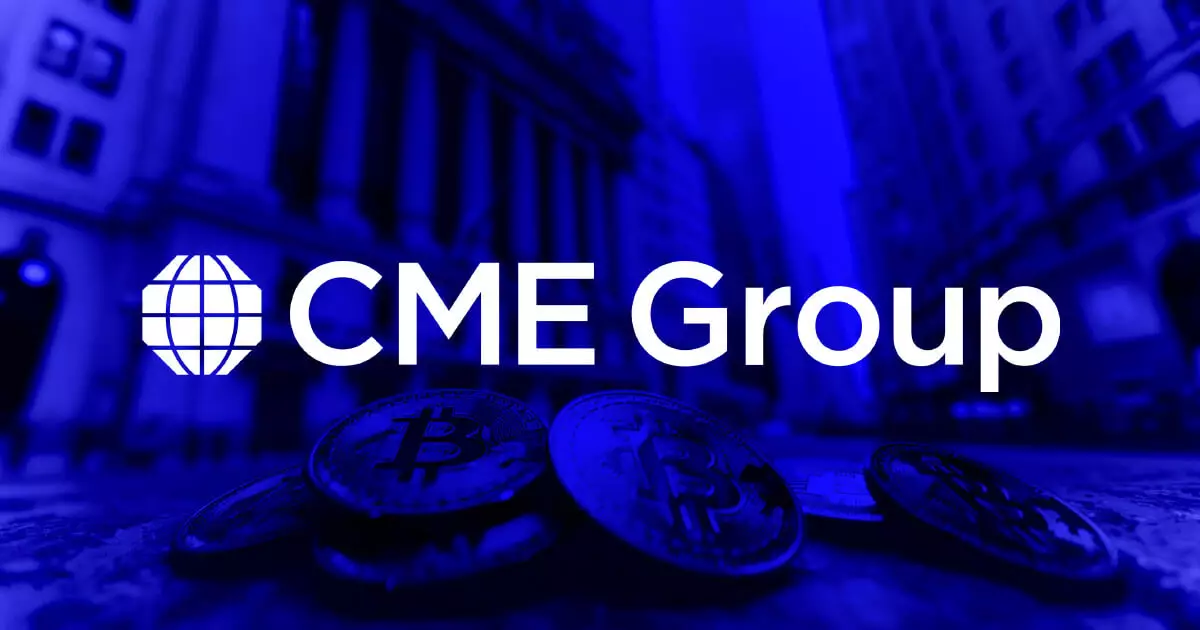Recent developments suggest that the CME Group may be on the verge of launching futures contracts for cryptocurrencies Solana (SOL) and XRP. This speculation erupted from social media activity on January 22, when a user named Summers shared what appeared to be a screenshot of a testing page associated with the CME. Although these claims have triggered excitement within crypto circles, the CME Group has neither confirmed nor refuted the authenticity of these images. This gap between speculation and veracity is characteristic of the volatile nature of digital asset markets.
The interest in these futures contracts seems significant as they are anticipated to offer both traditional and micro futures options. According to shared insights from Alex Thorn of Galaxy Digital, the Solana futures would be structured in lot sizes of 500 SOL for the standard contract and 25 SOL for the micro variant. In contrast, the XRP contracts could be sized at 50,000 XRP and 2,500 XRP for the micro. Such specifications could attract a range of investors, from institutional players to retail traders, looking to hedge or speculate on the future price movements of these assets.
Not all analysis is optimistic, however. Bloomberg ETF analyst James Seyffart exercised caution, labeling the testing page potentially deceptive. He noted that while futures contracts for these cryptocurrencies seem logical and are anticipated by the market, the possibility remains that the leaked images could represent a “good fakeout.” This skeptical outlook is prudent in a domain frequently roiled by misinformation and speculative hype.
Furthermore, the possibility of a corresponding exchange-traded fund (ETF)—specifically tracking SOL futures—was introduced by Bloomberg’s senior ETF analyst Eric Balchunas, with predictions pointing to a potential launch by mid-March. Nevertheless, Balchunas raised pertinent questions about the demand for such a financial instrument, especially in light of the growing likelihood of a spot SOL ETF entering the market soon.
The ongoing increases in crypto-related ETF filings in the United States are noteworthy. Currently, 33 ETFs aimed at various digital assets—including XRP, Hedera (HBAR), and Litecoin (LTC)—are pending approval from the US Securities and Exchange Commission (SEC). This raises important implications about the future direction of cryptocurrency regulation and trading options for investors. The recent submissions, especially those concerning memecoins, have sparked extensive debate within the financial community.
Rex Shares, for example, recently applied for several spot ETFs tied to popular memecoins like Dogecoin, introducing elements of whimsy and speculation that many in traditional finance consider unnecessary. Meanwhile, Matthew Sigel from VanEck has called for a reversion to a “first-come, first-served” process for ETF approvals amidst this influx, signaling a concern for the growing complexity and potential capriciousness of regulatory responses.
As the landscape evolves, the key question remains: how will these prospective futures contracts and ETFs shape the cryptocurrency investment ecosystem? The marriage of traditional financial instruments to the dynamic cryptocurrency market presents both risks and opportunities. Investors will need to navigate this evolving framework cautiously while keeping an eye on regulatory shifts and market sentiment. The interplay between speculation, innovation, and regulation will undoubtedly define the future trajectory of cryptocurrencies like Solana and XRP.
















Leave a Reply